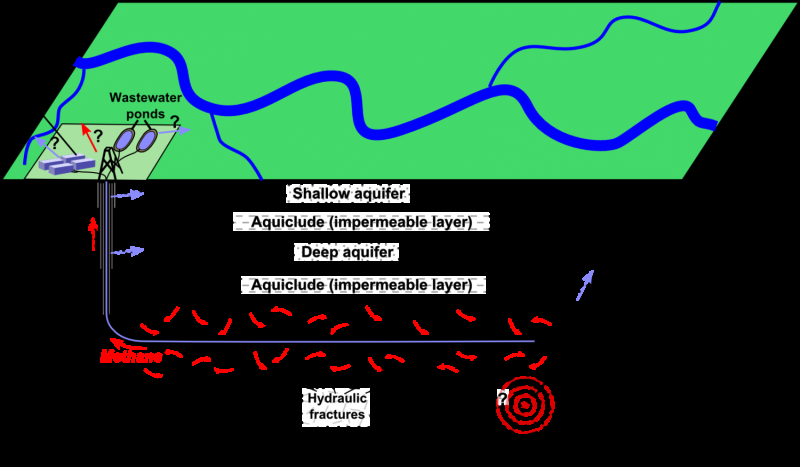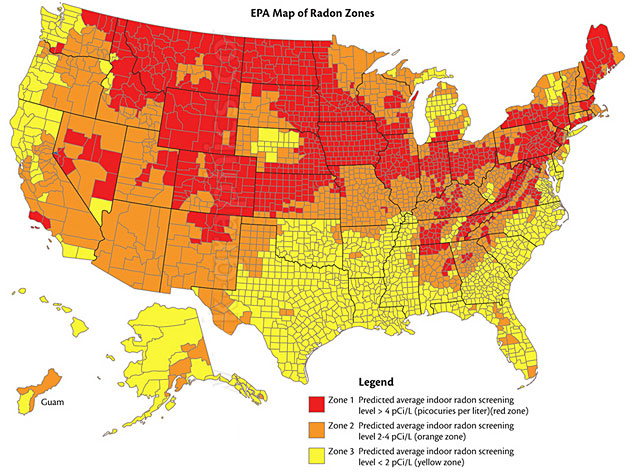Radiation Security
Is radon really bad for you?
Breathing radon over time increases your risk of lung cancer. Radon is the second leading cause of lung cancer in the United States. Nationally, the EPA estimates that about 21,000 people die each year from radon-related lung cancer. Only smoking causes more lung cancer deaths.
The first step in reduction is testing to see if the indoor-air and/or residential water radon focus ought to be decreased. The Globe Health Organization's International Radon Job has suggested an activity degree of 100 Bq/m3 (2.7 pCi/l) for radon in the air.
Radon in the air is thought about to be a larger health and wellness hazard than radon in residential water so the US Epa recommendation is to not check for radon in water unless a radon in air examination is over the activity level. Nonetheless, some US states, such as Maine where radon levels are more than the nationwide average, advise all well water should be checked for radon. The United States federal government has not establish an action degree for radon in water.
Is radon mitigation really necessary?
When radon gas enters the body, it exposes the lungs to small amounts of radiation. In small quantities, experts say this is harmless. However, in persistent exposures or larger quantities, radon can damage the cells of the lining of the lungs, increasing a person's chance of developing lung cancer.
The US EPA has put it plainly, stating, "Any radon direct exposure has some danger of triggering lung cancer cells. Radon gas is a naturally-occurring result of the radioactive degeneration of Uranium in the dirt. Relying on your geographic location, the radon degrees of the air you breathe outside of your house might be as high as 0.75 pCi/L.
- Radon gas is a naturally-occurring result of the radioactive decay of Uranium in the dirt.
- Relying on your geographic location, the radon degrees of the air you breathe outside of your residence might be as high as 0.75 pCi/L.
- The nationwide average of outdoors radon levels is 0.4 pCi/L as well as it is approximated by the National Academy of Sciences that exterior radon degrees trigger around 800 of the 21,000 radon induced lung cancer fatalities in the US annually.
- The United States EPA has actually put it clearly, specifying, "Any kind of radon exposure has some risk of causing lung cancer cells.
How do you eliminate radon?

Possible symptoms include shortness of breath (difficulty breathing), a new or worsening cough, pain or tightness in the chest, hoarseness, or trouble swallowing. If you smoke and you know you've been https://radon1.com/the-number-one-article-on-radon-poisoning/ exposed to high levels of radon, it's very important to quit smoking.
In the US, approximately 14 states have a state radon programs which train as well as permit radon reduction service providers and also radon dimension specialists. To identify if your state licenses radon specialists contact your state health department. Without the correct equipment or technical understanding, radon levels can really boost or create other additional expenses and prospective hazards. A checklist of licensed reduction provider is available through state radon workplaces, which are provided on the EPA web site at/ radon/whereyoulive. html.
What to Learn about the Risks of Radon Gas in Your Home
What are the symptoms of radon in your home?

If a person has been exposed to radon, 75 percent of the radon progeny in lungs will become "harmless" lead particles after 44 years. When an alpha particle damages a cell to make it cancerous, the onset of lung cancer takes a minimum of 5 years but most often 15 to 25 years, and even longer.
You cant understand whether your house has unhealthy degrees of the gas unless you have the air tested due to the fact that you cant scent or see radon. Nevertheless, if examinations show that radon https://radon1.com/locations/ is putting you and also your family at risk, you can take some straightforward actions to clarify.
How long does it take for radon to cause cancer?
Fact: You will reduce your risk of lung cancer when you reduce radon levels, even if you've lived with an elevated radon level for a long time. Keep in mind that radon levels below 4 pCi/L still pose some risk and that radon levels can be reduced to 2 pCi/L or below in most homes.